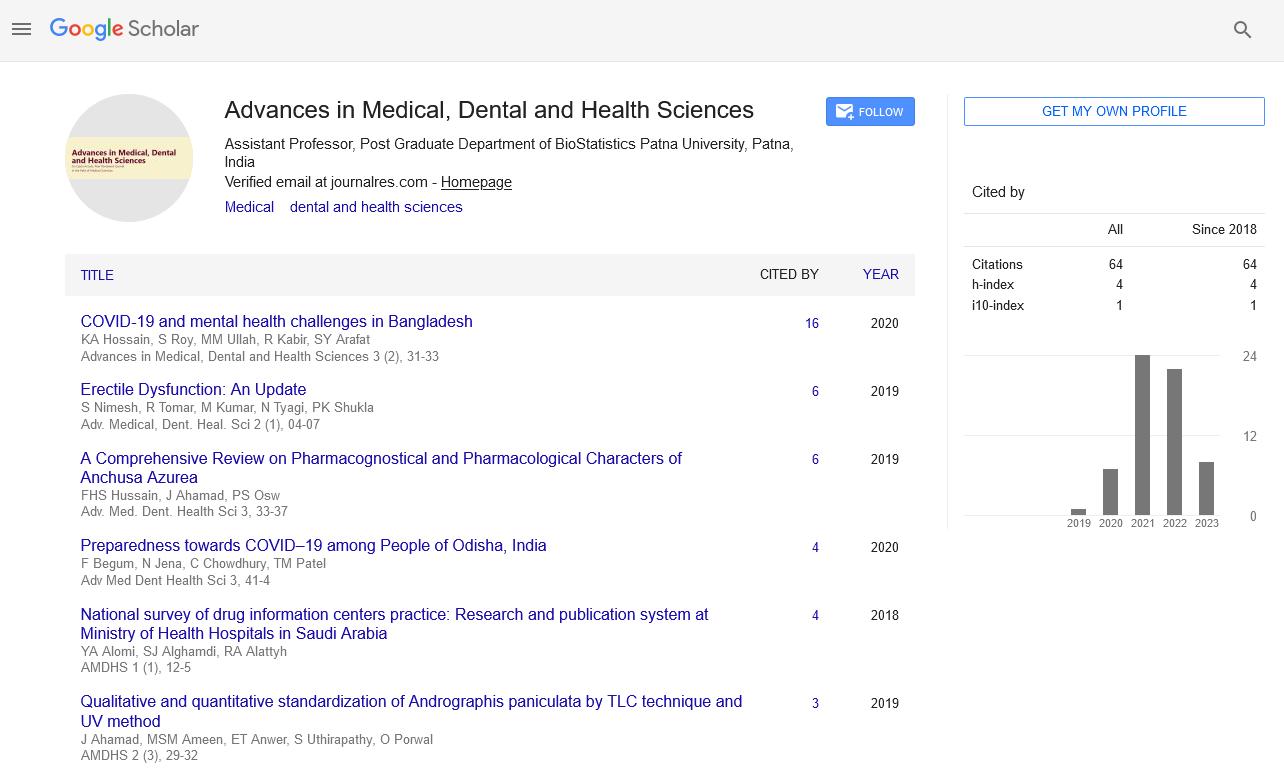Effect of ZnO (Zinc Oxide) and CeO2 (Cerium IV dioxide) Nanoparticles on 16HBE14o Bronchial Epithelial Cells Proinflammatory Cytokine Secretory Phenotype
Abstract
Author(s): Abisoye Muyideen Olaifa*
Background: Airway Epithelial Cells (AECs) are the first line of defence against inhaled microbes and pollutants from the environment including nanoparticles. Unresolved AEC injury is proposed to contribute to Th2 inflammation and asthma pathogenesis.
Aim: To determine the cytotoxic effects of and the pro inflammatory secretory phenotype of 16HBE14o bronchial epithelial cells dosed with ZnO and CeO2 nanoparticles.
Methods: 16HBE14o bronchial epithelial cells were cultured and their identity confirmed using immunocytochemistry. Cultured confluent monolayers of 16HBE14o were dosed with increasing concentrations of ZnO and CeO2 nanoparticles. An acid phosphatase assay was carried out to determine the cytotoxic effect of the nanoparticles on the cell line. Further, ELISAs were used to determine the concentration of IL-8 and IL-33 in supernatants from control and nanoparticle treated 16HBE14o. Finally apoptosis assays and measurements of ROS were carried out.
Results: High ZnO nanoparticle concentrations (50 μg/ml and 100 μg/ml) had cytotoxic effects on 16HBE14o cells. Low ZnO nanoparticle Concentrations (2.5 μg/ml to 25 μg/ml) induced the secretion of IL-8 but not IL-33 by 16HBE14o bronchial epithelial cells. Low concentrations of both ZnO and CeO2 nanoparticles induce ROS production in 16HBE14o cells. Cerium dioxide had no significant effect in any of the other assays.
Conclusion: ZnO nanoparticles are cytotoxic on 16HBE14o cells via necrosis. ZnO nanoparticles cause IL-8 production in 16HBE14o cells.
